As agriculture evolves toward sustainable and regenerative practices, humic acid has emerged as a powerful solution for restoring soil health and improving crop productivity. Humic acid, derived from organic matter decomposition, enhances nutrient availability, promotes microbial activity, and improves water retention in soils. Central to its production are humic acid production plants, which efficiently convert raw organic materials into high-quality humic acid for agricultural use.
This article explores the role of humic acid in regenerative agriculture, the processes involved in its production, and the benefits of modern humic acid production plants.
What is Humic Acid?
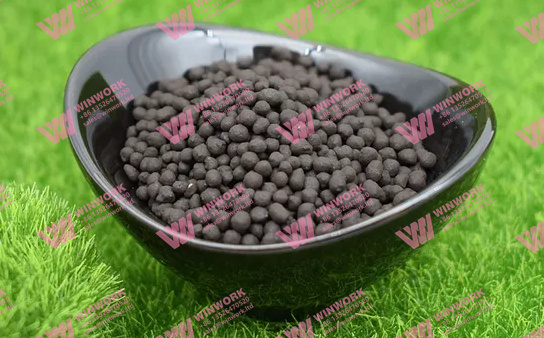
Humic acid is a group of naturally occurring organic compounds formed during the decomposition of plant and animal matter. It is one of the key components of humus, the organic fraction of soil that plays a vital role in nutrient cycling and soil structure. Humic acid works by chelating essential nutrients, making them more accessible to plant roots. It also stimulates the activity of beneficial soil microbes, leading to healthier and more productive soil ecosystems.
Farmers and agronomists value humic acid for its ability to improve soil fertility and crop quality, making it a cornerstone of regenerative agriculture.
The Role of Humic Acid in Regenerative Agriculture
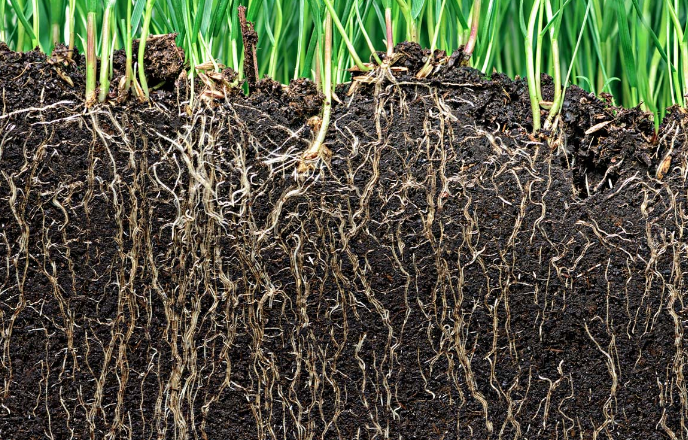
Regenerative agriculture focuses on practices that restore soil health, increase biodiversity, and sequester carbon. Humic acid aligns perfectly with these goals by:
- Enhancing Soil Structure: Humic acid improves soil aggregation, preventing erosion and increasing water retention. This makes soils more resilient to drought and heavy rainfall.
- Boosting Microbial Activity: By feeding beneficial soil organisms, humic acid enhances microbial diversity, which is essential for nutrient cycling and disease suppression.
- Improving Nutrient Efficiency: Humic acid binds with essential nutrients like iron, zinc, and calcium, preventing them from leaching away and ensuring they are available to crops.
- Sequestering Carbon: Organic carbon stored in soils enriched with humic acid contributes to reducing atmospheric CO₂ levels, supporting climate change mitigation efforts.
How Humic Acid Production Plants Operate
The production of humic acid requires specialized facilities that convert raw organic materials—such as peat, leonardite (an oxidized form of lignite), or compost—into humic acid products. Below is a step-by-step overview of the production process:
1. Raw Material Sourcing and Preparation
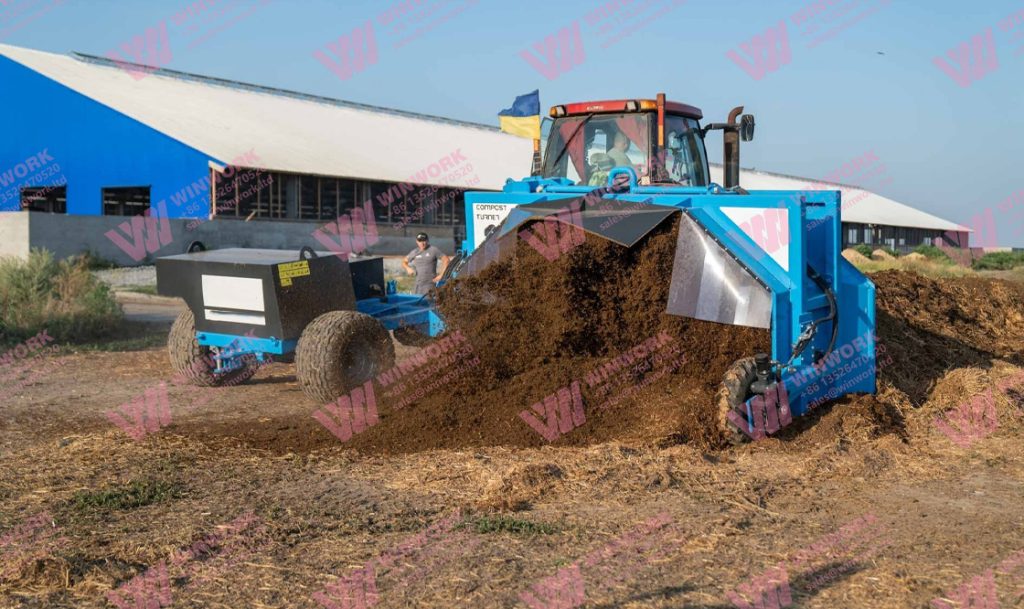
Humic acid production plants start by sourcing organic-rich materials like peat, coal, or decomposed plant matter. These raw materials are screened to remove impurities and ensure consistency in the final product.
2. Extraction Process
The extraction of humic acid involves chemical or biological processes:
- Alkaline Extraction: Raw materials are treated with an alkaline solution (typically potassium hydroxide or sodium hydroxide), which dissolves the humic substances.
- Microbial Fermentation: Some production plants use microbial cultures to break down organic matter, releasing humic acids naturally.
3. Filtration and Concentration
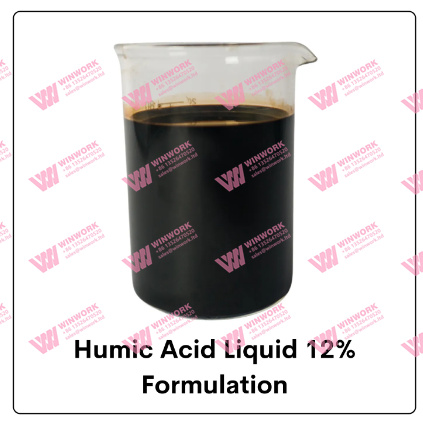
Once extracted, the humic acid solution is filtered to remove solid particles and impurities. It is then concentrated to create either liquid humic acid or dried into powder or granules.
4. Formulation and Customization
Humic acid production plants can create specialized formulations by blending humic acid with other nutrients, such as seaweed extracts or amino acids, to enhance the fertilizer’s effectiveness. These formulations are tailored to meet the specific needs of different crops and soils.
5. Packaging and Distribution
The final product is packaged in liquid form or as granules, ready for distribution to farmers, garden centers, or agricultural suppliers. Proper packaging ensures the product retains its potency and is easy to handle and apply.
Benefits of Humic Acid Production Plants
1. Restoring Degraded Soils

Humic acid products produced in these plants play a vital role in regenerating degraded soils by improving structure, fertility, and water-holding capacity. Farmers in arid regions benefit significantly from humic acid’s ability to retain moisture and enhance drought resilience.
2. Reducing Dependency on Chemical Fertilizers
By increasing nutrient availability and efficiency, humic acid allows farmers to reduce their reliance on chemical fertilizers. This not only lowers production costs but also minimizes the risk of nutrient runoff, which can harm water bodies.
3. Supporting Organic and Sustainable Farming
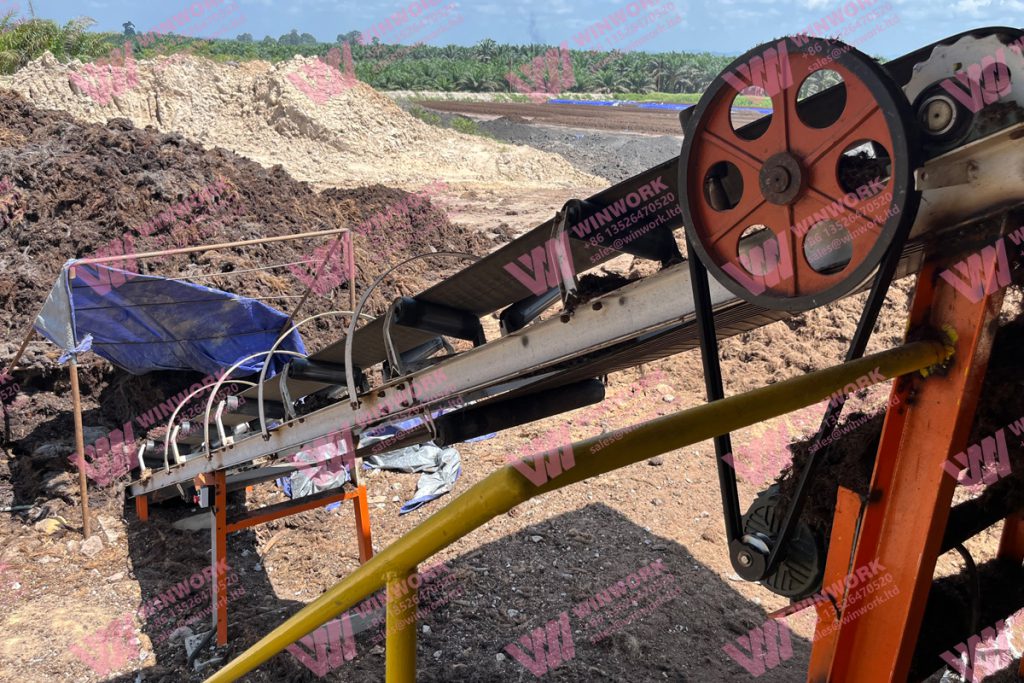
Compost Processing Crushing
Humic acid production plants cater to the growing demand for organic fertilizers. Many humic acid products meet organic certification standards, making them ideal for use in sustainable farming systems.
4. Enhancing Crop Quality and Yields
Crops treated with humic acid show improved root development, better nutrient uptake, and increased resistance to pests and diseases. The result is higher yields and better-quality produce, which translates into increased profitability for farmers.
Innovations in Humic Acid Production Plants
Modern humic acid production plants are embracing new technologies to improve efficiency and sustainability:
1. Green Extraction Technologies
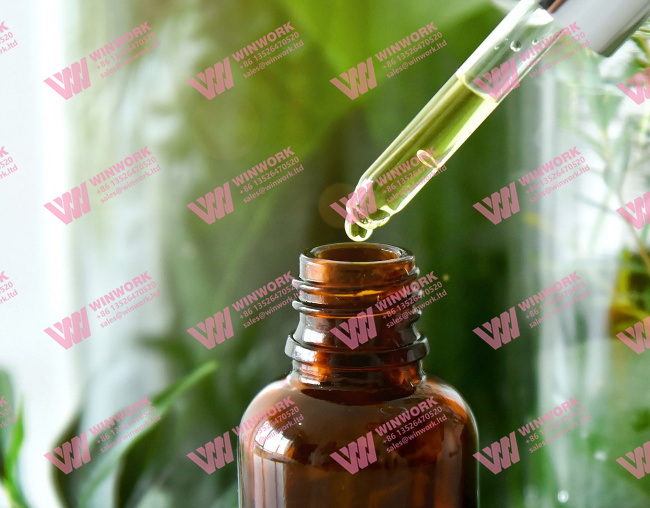
Some plants are shifting away from chemical extraction methods and adopting biological extraction techniques using microorganisms. This approach reduces chemical waste and lowers the environmental footprint of production.
2. Automation and Data-Driven Production
Automated systems monitor and control the extraction, filtration, and packaging processes. Sensors and data analytics help optimize operations, ensuring consistent product quality and minimizing resource waste.
3. Customized Fertilizer Blends
Advanced production plants offer customized blends by combining humic acid with biofertilizers, micronutrients, or growth stimulants. These tailored products address specific agricultural challenges, such as saline soils or nutrient deficiencies.
4. Sustainable Energy Use
To align with eco-friendly practices, some humic acid production plants are adopting renewable energy sources, such as solar or wind power, to reduce their carbon footprint.
Applications of Humic Acid in Agriculture

1. Field Crops
Farmers apply humic acid to cereal crops like wheat, corn, and rice to improve root systems and enhance nutrient uptake, leading to higher yields.
2. Fruit Orchards and Vineyards
Humic acid promotes healthy soil ecosystems in orchards and vineyards, ensuring consistent fruit quality and increasing resistance to diseases.
3. Greenhouse and Hydroponic Farming
In hydroponic systems, humic acid is added to nutrient solutions to improve nutrient availability and support plant growth without soil.
4. Lawn and Turf Management
Golf courses, sports fields, and lawns benefit from humic acid’s ability to improve soil structure, reduce compaction, and enhance turf quality.
Challenges in Humic Acid Production and Solutions
1. Raw Material Availability
The availability of high-quality raw materials like leonardite can be limited. Some production plants are exploring alternative organic sources, such as compost and crop residues, to diversify their supply chains.
2. Production Costs
The extraction and concentration processes can be expensive, especially when using chemical methods. Green technologies and energy-efficient equipment are helping to lower production costs.
3. Market Awareness
While humic acid offers significant benefits, some farmers may be unfamiliar with its applications. Educational programs and field demonstrations can promote its adoption in regenerative farming practices.
Conclusion
Humic Acid Production Plants play a vital role in supporting regenerative agriculture by transforming organic materials into powerful soil conditioners and fertilizers. These plants contribute to sustainable farming by improving soil health, enhancing nutrient availability, and reducing the need for chemical fertilizers.
As the demand for eco-friendly agricultural inputs grows, advancements in Humic Acid Production Plants will continue to improve efficiency and expand product offerings. By investing in these innovative production systems, the agricultural sector can unlock the full potential of humic acid, building healthier soils and creating a more resilient food system.
In the journey toward regenerative agriculture, humic acid production plants will remain a cornerstone, turning organic waste into valuable agricultural solutions and paving the way for sustainable farming practices worldwide.


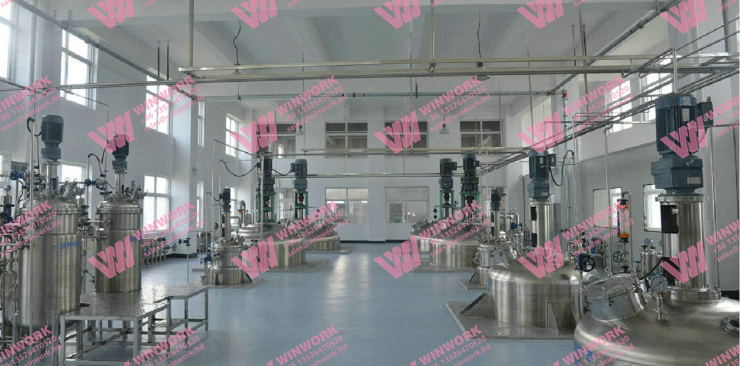
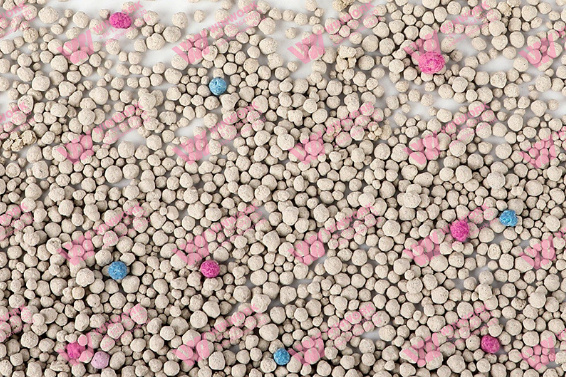
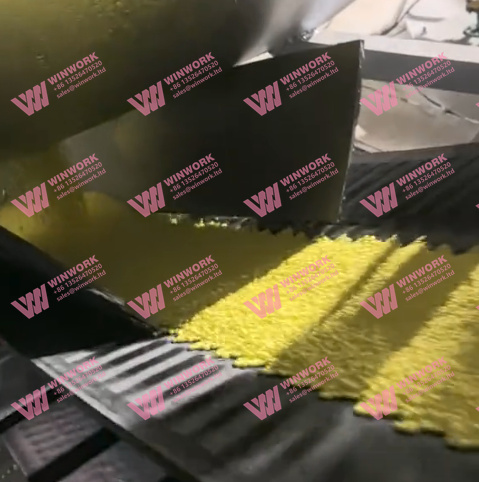
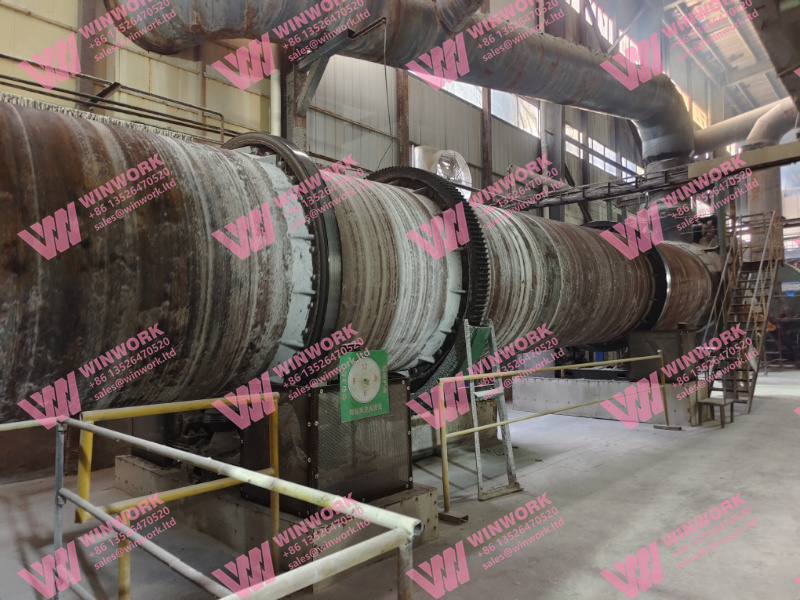
Get A Quote